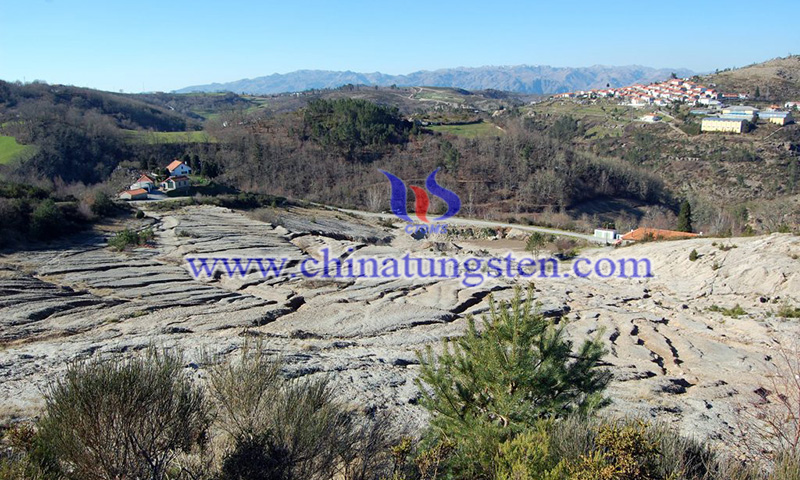Argus Holds High Hopes for European Tungsten Market
- Details
- Category: Tungsten's News
- Published on Tuesday, 18 January 2022 22:41
Argus believes the global tungsten market will be largely in balance in 2022, with supply chain disruptions, rising production costs, and increased global infrastructure spending likely to support prices. However, prolonged underperformance in the automotive and aerospace sectors is likely to depress demand growth, and the company has high hopes for the European market.
"European consumers, producers, and traders see strong downstream demand in the first quarter of 2022, which has encouraged buyers to build higher safety stocks this year," said Anuradha Ramanathan, Argus Metals. "Many automotive OEMs continue to produce parts this year to avoid another bottleneck when the expected shortage of semiconductor chips eases."
The automotive industry accounts for approximately 28 percentage points of total tungsten demand, and carbide cutting tools are used in automotive manufacturing and production of mechanical parts. Increased production costs for Chinese tungsten producers due to environmental laws, labor costs, and safety and security costs.
Last year, the company joined the Critical Raw Materials Alliance, a representative body of primary producers, traders, and associations of critical raw materials. Tungsten has been identified as a CRM by the European Commission and is gaining increasing attention from policymakers across Europe as governments seek to address supply chain risks arising from the fact that 85 percent of the global supply of tungsten concentrate comes from China.

The company owns the Santa Comba tungsten-tin development project located in the highly productive tungsten-tin province of Spain adjacent to critical infrastructure, and in November 2021 announced plans to acquire two tungsten projects in northern Portugal - Borralha and Vila Verde - for €4 million.
The Borralha Project has an independently evaluated JORC compliant resource of 25,000 tonnes of tungsten trioxide at a minimum grade of 0.14% WO3 (tungsten trioxide). The Borralha and Vila Verde tungsten projects are 210 km and 250 km from the Santa Comba project, respectively, and have a long mining history. In addition, Rafaella revealed that it has acquired Tungsten San Finx S.L.U., owner of the San Finx tin and tungsten mine, just 50 kilometers south of Santa Comba.
These acquisitions strengthen the company's strategic position in the Iberian Peninsula, where Santa Comba is 60 kilometers from the deep-water port, and San Finx is very similar, as we are located in the northwest corner of Spain and Portugal, almost the closest access from Europe to North America. It gives the company the ability to supply to the US and European markets.
In addition, the company can leverage the company's project flexibility to meet supply and provide less risk to off-takers. The feasibility study for Santa Comba will be released in the coming weeks, with the first JORC mineral resource estimates for the Borralha and Villa Verde projects to follow.
The company purchased San Finx from Tungsten San Finx S.L.U., a subsidiary of Valoriza Mineria S.L.U., which exited the mining business with the sale of assets. The commercial terms of the acquisition included that Valoriza would provide ongoing environmental support, investing heavily in environmental research work, particularly regarding water treatment.
The company has signed a memorandum of understanding with Capital Energy to explore the supply of green energy from its existing renewable energy portfolio through the development of a dedicated plant.
The outlook for the tungsten market in the second quarter and second half of 2022 is shrouded in uncertainty, Argus said, mainly because a global semiconductor shortage could curb consumption in the automotive sector and a new wave of Covid-19 could further delay the recovery in aerospace demand.
- Tungsten Manufacturer & Supplier, Chinatungsten Online: www.chinatungsten.com
- Tungsten News & Prices of China Tungsten Industry Association: www.ctia.com.cn
- Molybdenum News & Price: news.molybdenum.com.cn
- Tel.: 86 592 5129696; Fax: 86 592 5129797; Email: sales@chinatungsten.com



 sales@chinatungsten.com
sales@chinatungsten.com